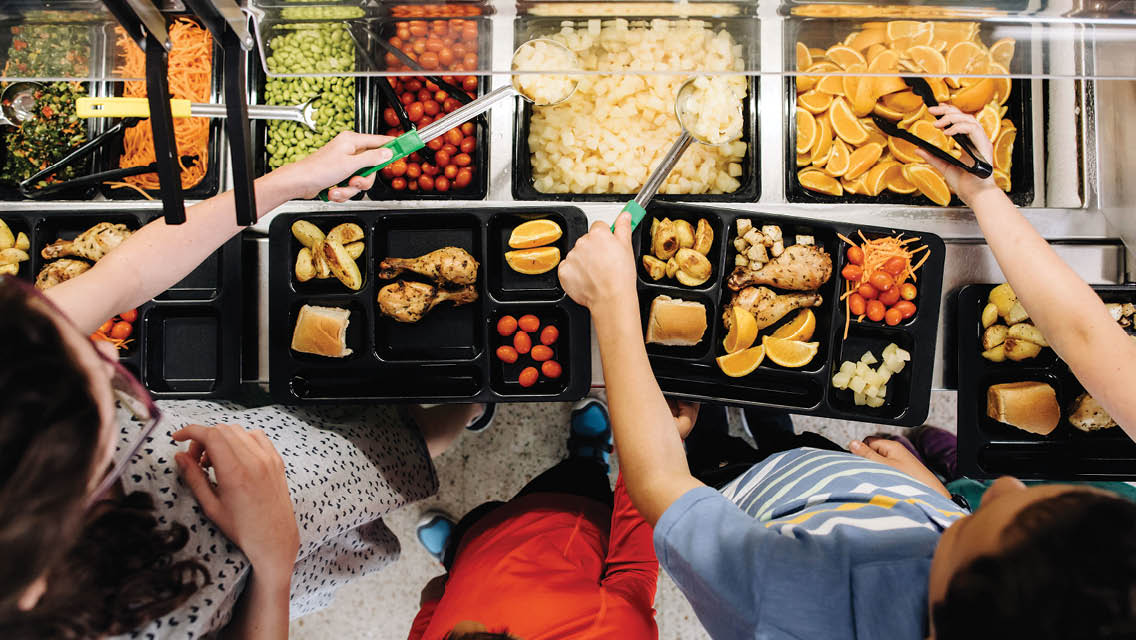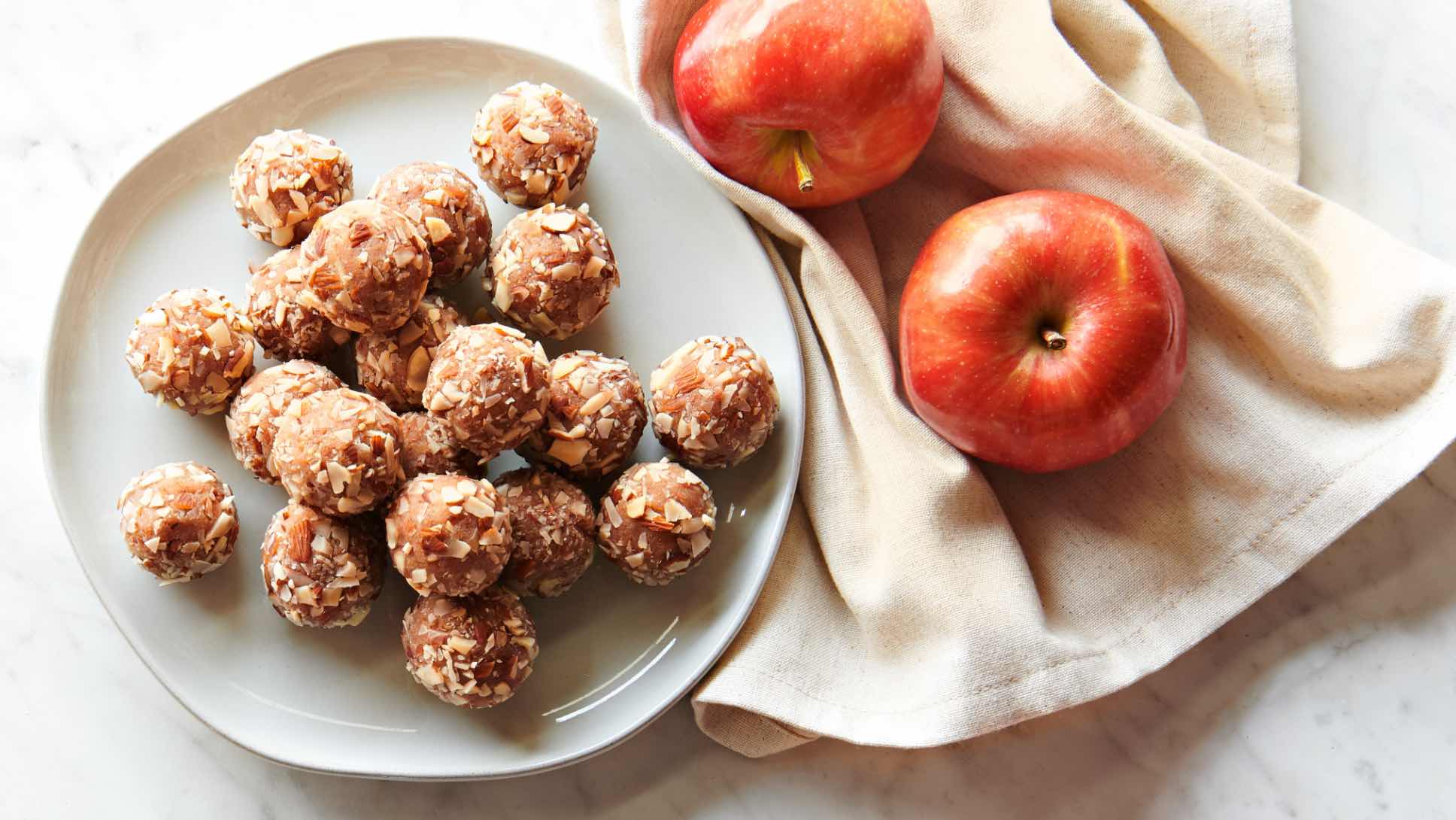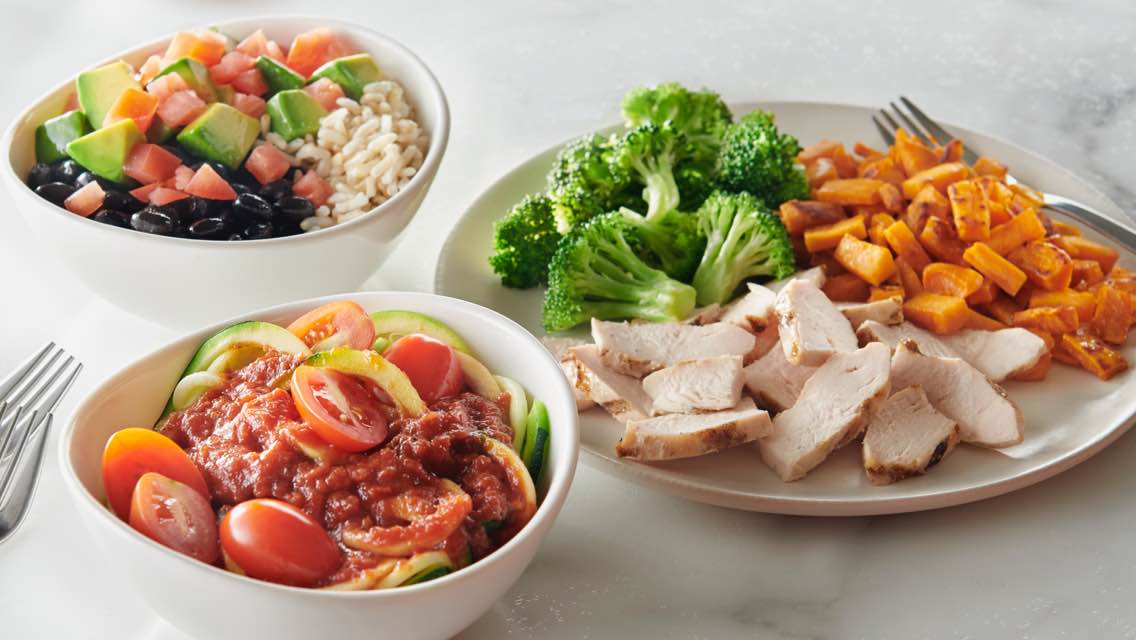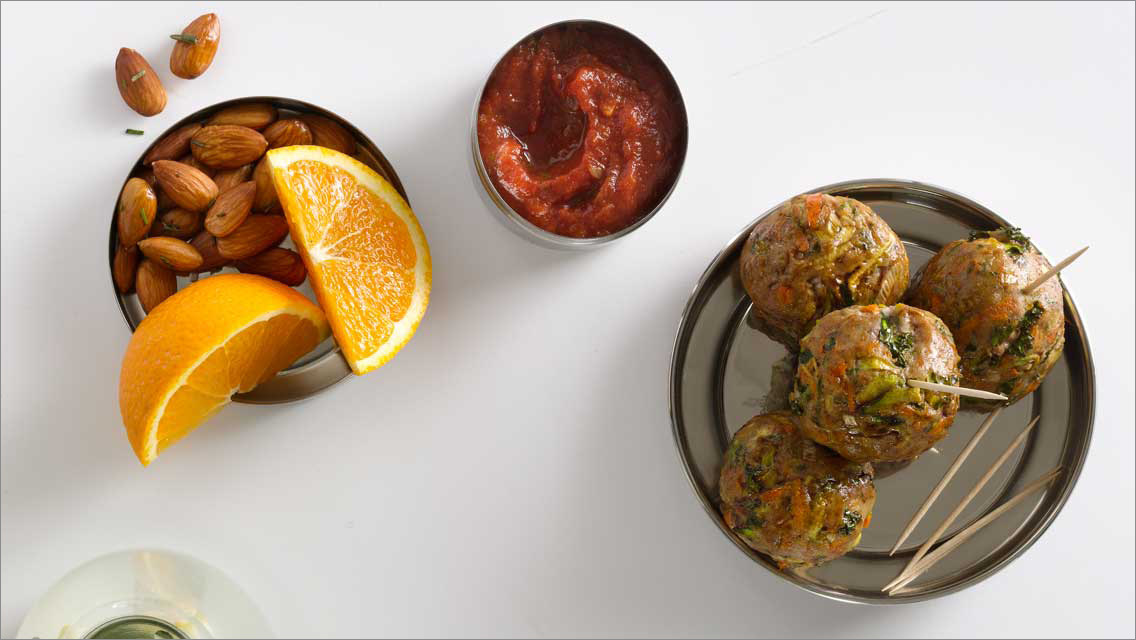When public schools shut down in March 2020 as COVID-19 spread across the nation, an immediate problem emerged: If students weren’t eating meals at school, then where and what were many of these kids going to eat?
School lunches were already a bit of a quagmire, burdened by U.S. Department of Agriculture (USDA) rulings, arcane funding requirements, and various regulations interpreted differently depending on the state or district. Further, students and schools are increasingly saddled with school-lunch debt, a tally kept by schools when students eat without paying. In fact, 75 percent of U.S. school districts report unpaid student-meal debt.
Minneapolis Public Schools, for instance, is shouldering a meal debt that could reach $375,000 in 2023, according to Bertrand Weber, the district’s director of culinary and wellness services. While Weber and other school-lunch professionals acknowledge that the debt model is unsustainable, they also know that millions of children rely on these meals, particularly those facing food insecurity at home.
The pandemic forced a change to the debt model. The USDA issued waivers that essentially allowed schools to provide universal free meals, Weber explains. Districts were no longer required to manage the paperwork that determined whether a student qualified for free or reduced-price breakfast or lunch — which many eligible families neglected to fill out anyway, often to avoid the stigma that accompanies the forms.
But as schools across the country opened back up and the public health emergency expired, many of the waivers did too.
Lessons Learned
The expiration of pandemic-era waivers confirmed to school-lunch professionals that many low-income families had not been getting what they needed, even before COVID.
The National School Lunch Program served 30 million meals daily prior to the pandemic, notes Mara Fleishman, CEO of the Chef Ann Foundation, which works to get more scratch cooking into school cafeterias. And 75 percent of those meals were served free or at a reduced price. During the waiver years, that number rose to nearly 100 percent.
“The most important thing is that it’s an equal field for everyone,” Weber says. “From the universal-meal process, we saw the benefits of increasing access and removing the barrier. We removed the stigma of who can and who can’t eat.”
Some state legislators noted that the COVID waiver “did not break the government coffers,” Weber says. And now, without movement from the USDA or Congress, some states, including California, Colorado, Maine, and Minnesota, have passed legislation either mandating or giving districts the opportunity to provide free school meals; Massachusetts, Nebraska, and Vermont provided free meals during the 2022–2023 school year. Free-school-meal legislation is currently under consideration in 21 other states.
In California, where students now universally receive lunch for free, the average daily participation rates have even risen above those of the pandemic-waiver years. And that kind of participation also affects the quality of the food, Fleishman explains.
“The more participants you have in your program, the easier it is to create healthy initiatives, because you have more money,” she says. One example is scratch cooking, which requires more resources up front for education and equipment. But once a school is set up for it, scratch cooking is no more expensive than buying processed, packaged food.
Quality Control
More than a decade ago, the quality of school meals began to improve with the Healthy, Hunger-Free Kids Act of 2010. The measure requires serving more whole foods, like fruits, vegetables, and whole grains, as well as limiting the amount of sugar, fat, and sodium in meals. Though this legislation ushered in a new era of nutrition in school meals, and nutrition standards are reevaluated regularly, Weber notes that it was just a first step.
Food companies quickly figured out how to skirt some of the regulations, he says. For example, they could inject just enough fruit juice into gelatin for it to be considered a “fruit,” which means districts or food-service coordinators could meet nutrition and budget guidelines by purchasing the product.
“[Kids] can’t learn if they aren’t fed well. They can’t learn if there’s not enough nutrition there.”
“Chicken can be a processed nugget or a locally sourced drumstick — the USDA doesn’t regulate that,” he explains. “That’s regulated by district values and beliefs.”
This speaks to another equity issue: If a child’s school lunch is technically meeting regulatory standards but is full of ultraprocessed products, and another child gets lunch from home packed with organic carrots and nitrate- or nitrite-free deli meat, one of those children is better poised for success, says Fleishman.
“They can’t learn if they aren’t fed well. They can’t learn if there’s not enough nutrition there.”
The Road Ahead
Each school district faces different challenges. Some have had their kitchen gear stripped over the years as processed food became the norm; others lack a well-trained labor force; and many are crunched financially. Most, if not all, are facing supply-chain challenges.
Still, districts nationwide are fighting back, often with the help of nonprofits like the Chef Ann Foundation, the Urban School Food Alliance, and the Life Time Foundation. These organizations connect districts to knife-skills and other kitchen training; introduce scratch-cooking initiatives; provide funds for new kitchen equipment; or offer information about more sustainable food procurement.
“That’s the beautiful thing about the last few years — the collective approach to work and everyone coming together to eliminate ingredients of concern and encourage more scratch cooking,” says Life Time Foundation senior program manager Valeria La Rosa. “Working together makes us stronger and ensures we’ll get to the ultimate goal faster.”
“More and more we see the connection between nutrition, physical health, and mental health, and how those things are connected to food environment and sustainability.”
The Life Time Foundation’s goals include providing grants to school districts on their journeys toward a healthier food system. That might mean a focus on scratch cooking, free software (the program Green Onion identifies ingredients of concern and provides a database of healthier substitutes), and even initiatives like the Urban School Food Alliance’s chicken pilot project, which supports better-quality chicken produced by smaller regional manufacturers and which receives funding from the foundation.
New York City Public Schools has done an extraordinary job on this front, La Rosa notes. According to the city’s education department, the system is meeting and exceeding USDA nutritional guidelines. Mondays and Fridays are meatless, and all chicken served is humanely raised with no antibiotics. Plus, their meals are free to every student.
Nicole Brownstein, the district’s director of media relations, adds that they’re also taking a look at sustainability. “We are continuously looking for products that sustain our food and ecosystem,” she explains. “We have many local products featured on our menu daily. We’ve also launched a student-led Plastic Free Lunch Day monthly in schools.”
Fleishman adds that some schools are looking into buying milk in bulk — which would require dispensing machines — rather than in single-serve containers, which are one of the largest sources of waste in public schools. The shift toward sustainability is a slow one, but it’s gaining momentum, and experts agree there’s a lot of reason to hope for a more sustainable food future for our public schools.
“I work daily with people who are trying to create change, and I see how this movement has grown,” Fleishman says. “More and more, we see the connection between nutrition, physical health, and mental health, and how those things are connected to food environment and sustainability.
“All of these things will cost us money to deal with,” she continues. “You can reduce what you spend on school meals now and pay for the ramifications in the future, but either way, you’re paying.”
This article originally appeared as “The State of School Lunch” in the September/October 2023 issue of Experience Life.





This Post Has 0 Comments